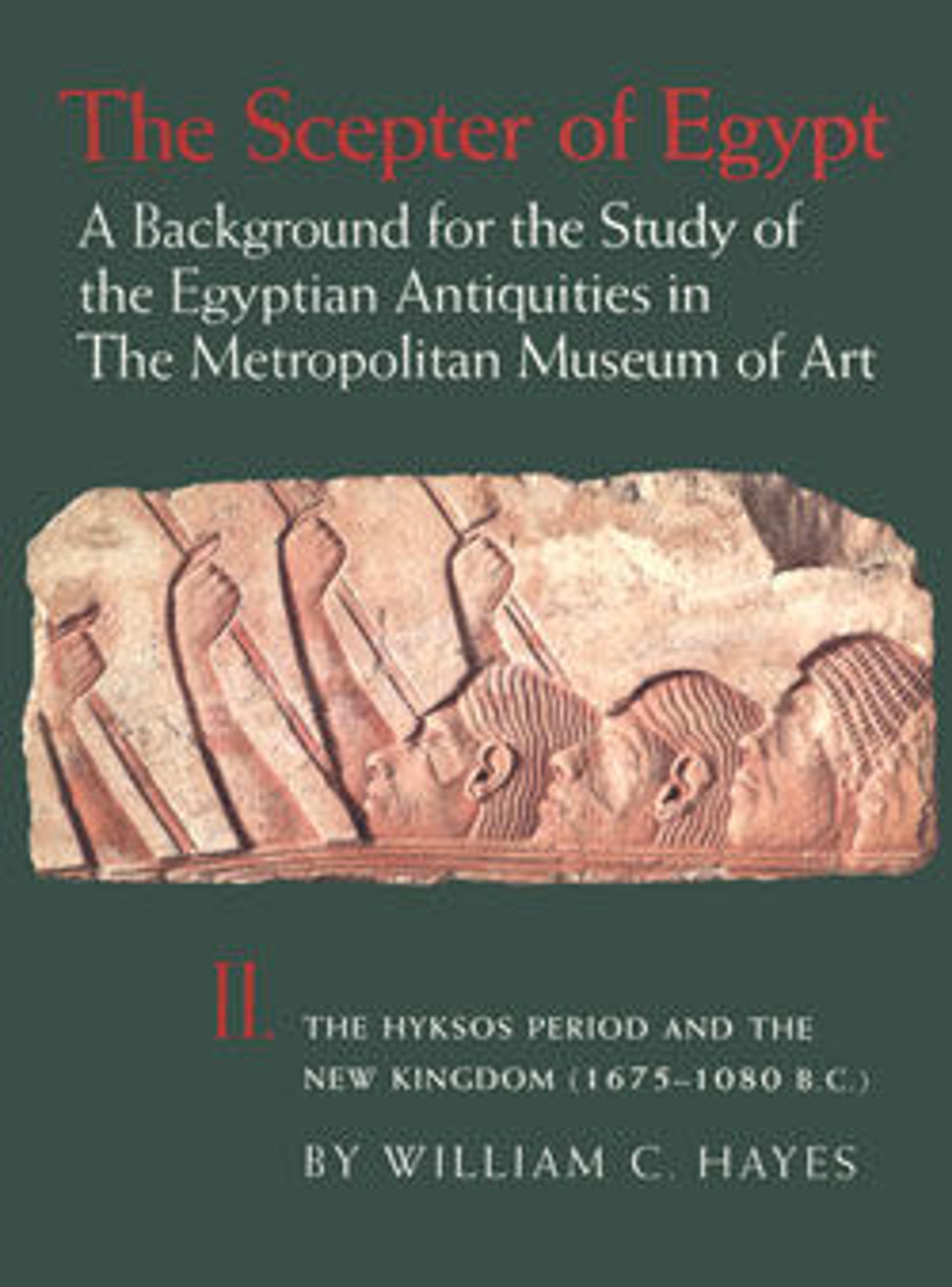Bucranium
When archaeologists first uncovered a group of shallow, circular graves at the site of Abydos in Upper Egypt, they designated the owners as the "pan-grave" people. The burials were accompanied by pottery of Nubian type and weapons of Egyptian manufacture. It is now generally accepted that these graves, found throughout Upper Egypt and Lower Nubia, are evidence of the nomadic Medjayu people, documented in Egyptian texts as fierce warriors who served in the Egyptian army and desert police force from the late Old Kingdom.
One of the most distinctive aspects of pan-grave burials are the painted skulls of various horned animals that are found above the graves or in nearby pits. The horns and skull of this example have been decorated with large blocks and bands of red and black, and white dots have been applied to the red areas.
For photographs of other examples, see 16.2.33, 16.2.35
One of the most distinctive aspects of pan-grave burials are the painted skulls of various horned animals that are found above the graves or in nearby pits. The horns and skull of this example have been decorated with large blocks and bands of red and black, and white dots have been applied to the red areas.
For photographs of other examples, see 16.2.33, 16.2.35
Artwork Details
- Title: Bucranium
- Period: Second Intermediate Period
- Dynasty: Dynasty 14–17
- Date: ca. 1640–1550 B.C.
- Geography: From Egypt
- Medium: Horn, bone, paint
- Dimensions: Overall H. 41.5 cm (16 5/16 in.); W. of horns 75 cm (29 1/2 in.)
- Credit Line: Rogers Fund, 1916
- Object Number: 16.2.23
- Curatorial Department: Egyptian Art
More Artwork
Research Resources
The Met provides unparalleled resources for research and welcomes an international community of students and scholars. The Met's Open Access API is where creators and researchers can connect to the The Met collection. Open Access data and public domain images are available for unrestricted commercial and noncommercial use without permission or fee.
To request images under copyright and other restrictions, please use this Image Request form.
Feedback
We continue to research and examine historical and cultural context for objects in The Met collection. If you have comments or questions about this object record, please complete and submit this form. The Museum looks forward to receiving your comments.
